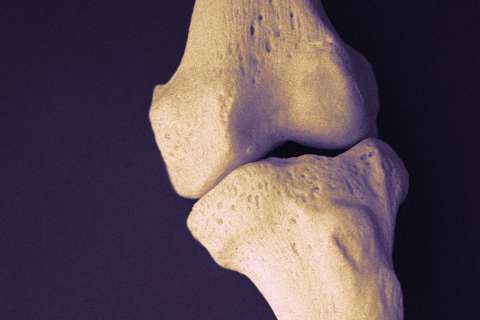Dear Doctor: Given a choice, I'll always choose white wine over red. But a recent study linking white wine to increased melanoma risk made me reconsider. Am I overreacting?
Dear Reader: This is a difficult question without a simple answer -- so let's start with some basics. Alcohol metabolizes into the chemical acetaldehyde, which can cause DNA mutations that lead to cancer. To date, alcohol has been associated with an increased risk of cancers of the breast, colon, liver and pancreas.
A 2014 analysis of many different studies published in the British Journal of Dermatology found an 18 percent increase in melanoma among people who drank more than one alcoholic beverage per day, regardless of the type. This analysis was based on retrospective studies, which are studies assessing people's past habits after a diagnosis has been made.
Prospective studies follow patients prior to the diagnosis of disease. The research to which you're referring was that type of study, and was published in the journal Cancer Epidemiology, Biomarkers and Prevention. For their analysis, researchers looked at data on disease outcomes from three studies of health care professionals and tied those outcomes to potential risk factors. The three studies combined followed a total of more than 210,000 people over a period of more than 18 years. In the studies, participants were asked to state their level of alcohol consumption and to also state what type of alcohol they consumed.
Researchers found that overall, 1,374 people (less than 1 percent) were ultimately diagnosed with melanoma. Those who drank alcohol, however, had a 14 percent increase in the rate of melanoma, and that number increased to 21 percent in those who had one or more drink per day. Note that people who drank more alcohol also reported higher rates of smoking, caffeine intake and previous severe sunburns. The authors adjusted for this, so the data still appears relevant.
So yes, alcohol appears to slightly increase the risk of melanoma.
As for wine, some types -- especially white wines -- have more acetaldehyde and thus could have a greater ability to increase cancer risk than other types of alcohol. But when the authors looked at the type of alcohol consumed, the results between the three studies varied tremendously.
Consider that in one study, of male health care professionals, the researchers found a greater rate of melanoma among men who drank white wine one to three times per month compared to those who drank white wine two to four times per week. Even taking that finding into account, the authors overall found a 13 percent increased rate of melanoma with each drink of white wine per day. They did not find such a high rate with other types of drinks.
The current study has two potential problems, however. One is that the authors did not differentiate whether drinkers of white wine also drank other types of alcohol. Also, and this may be the biggest issue, because white wine is often drunk cold, people who drink white wine may be more likely to live in sunnier places and thus have more sun exposure.
The authors did look at this second point and found that the majority of melanomas that appear to be related to alcohol consumption occurred on the less-sun exposed areas of the chest, abdomen and back. If the melanomas were linked to sun exposure, instead of wine consumption, the cancers would have been more likely on exposed areas of skin, such as the arms and face.
In summary, drinking alcohol does appear to slightly increase the risk of melanoma. While this study on the impact of white wine does not appear convincing, white wine drinkers should consider the fact that acetaldehyde is carcinogenic and white wine has more acetaldehyde.
Myself, I will reflect on this the next time I have a glass of pinot grigio on a hot summer day.
Robert Ashley, MD, is an internist and assistant professor of medicine at the University of California, Los Angeles.
Ask the Doctors is a syndicated column first published by UExpress syndicate.




